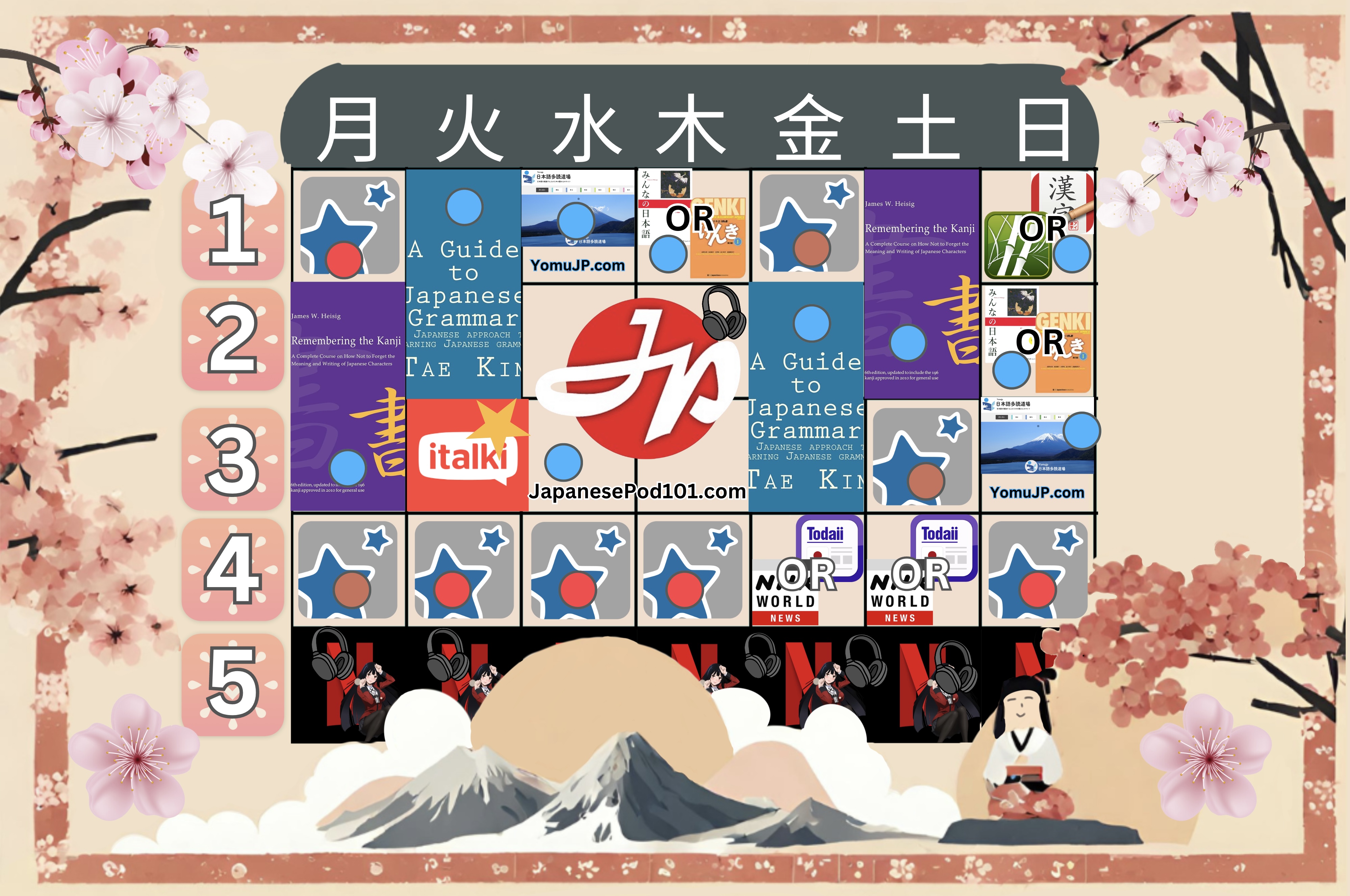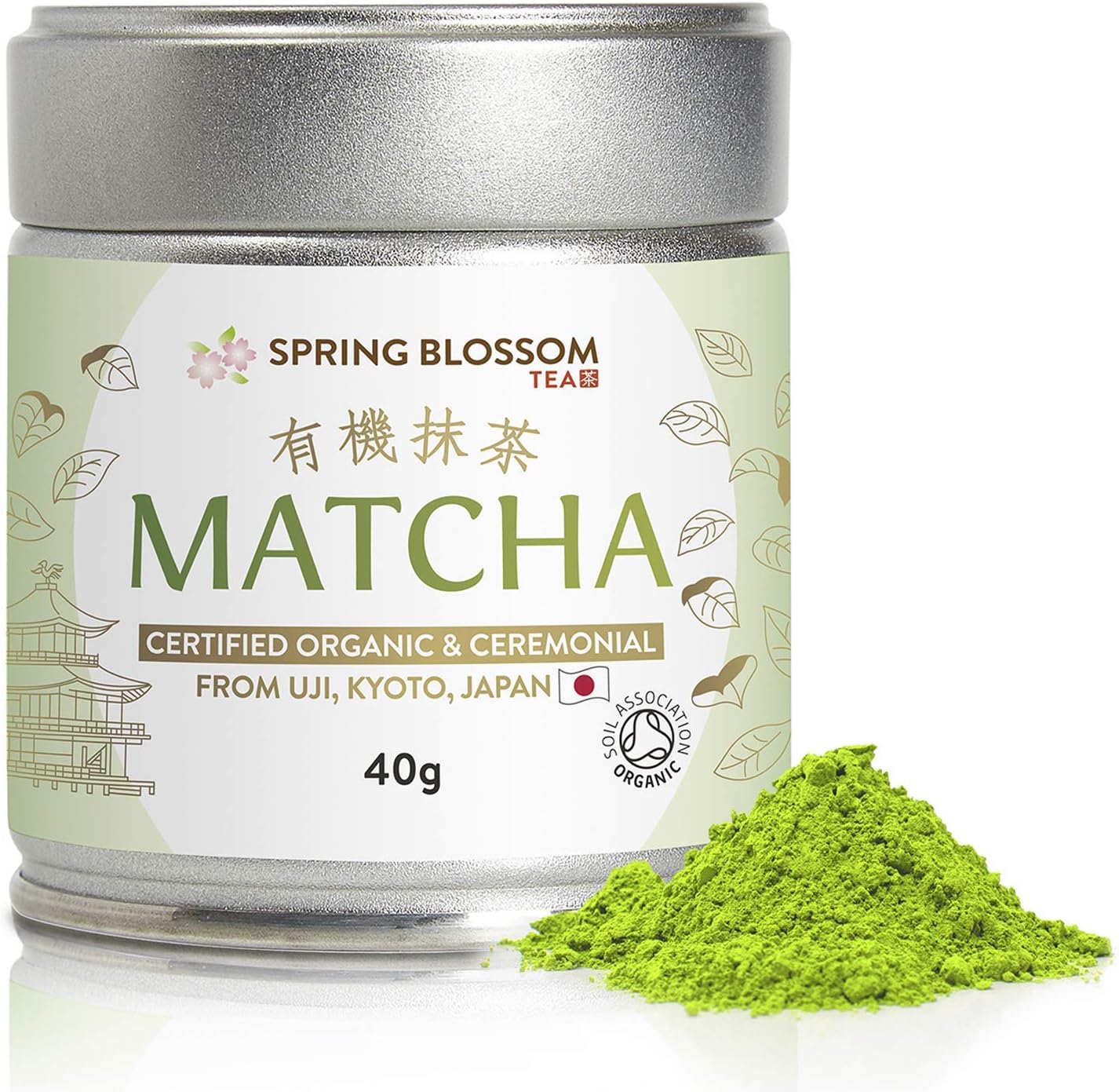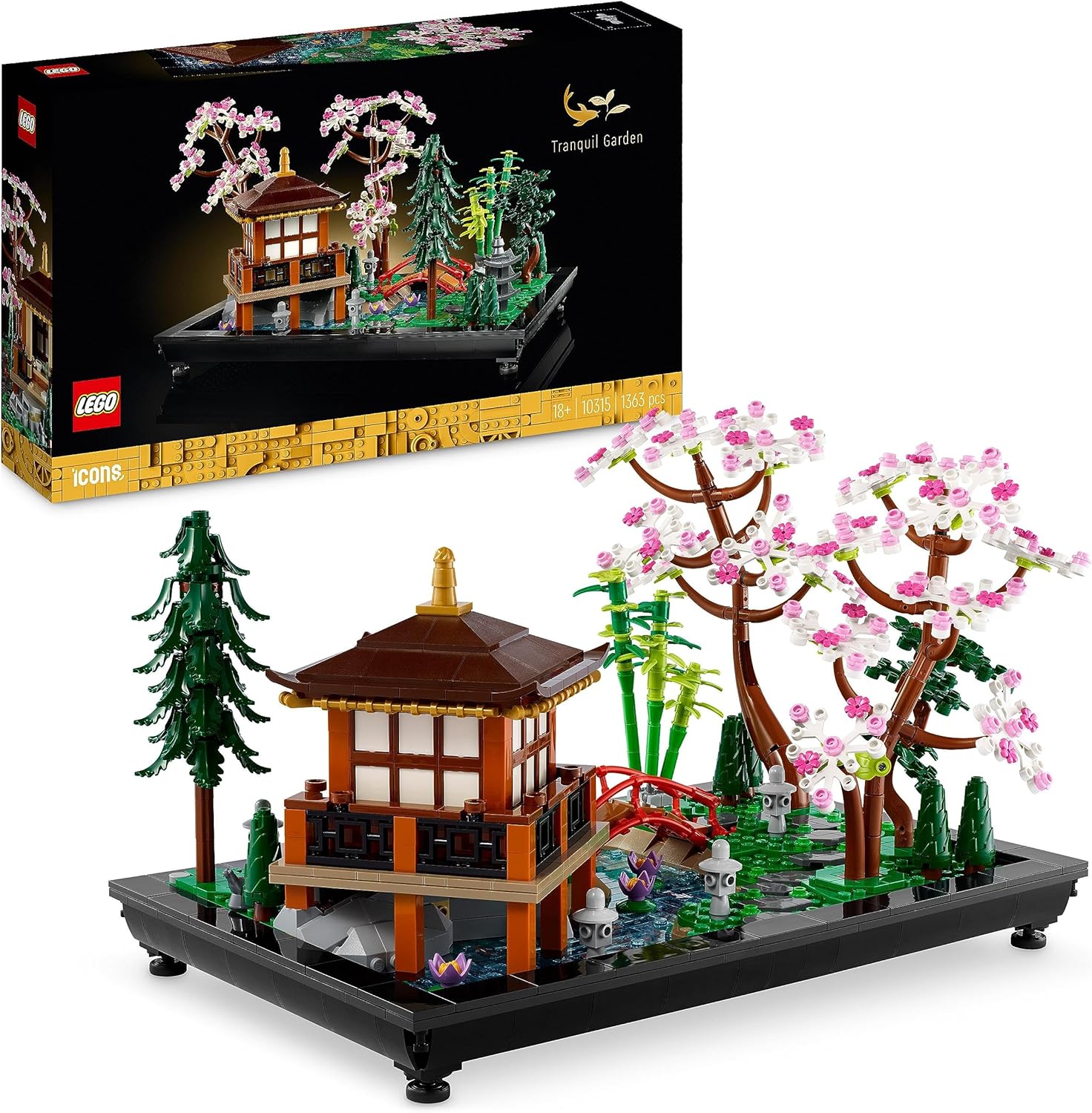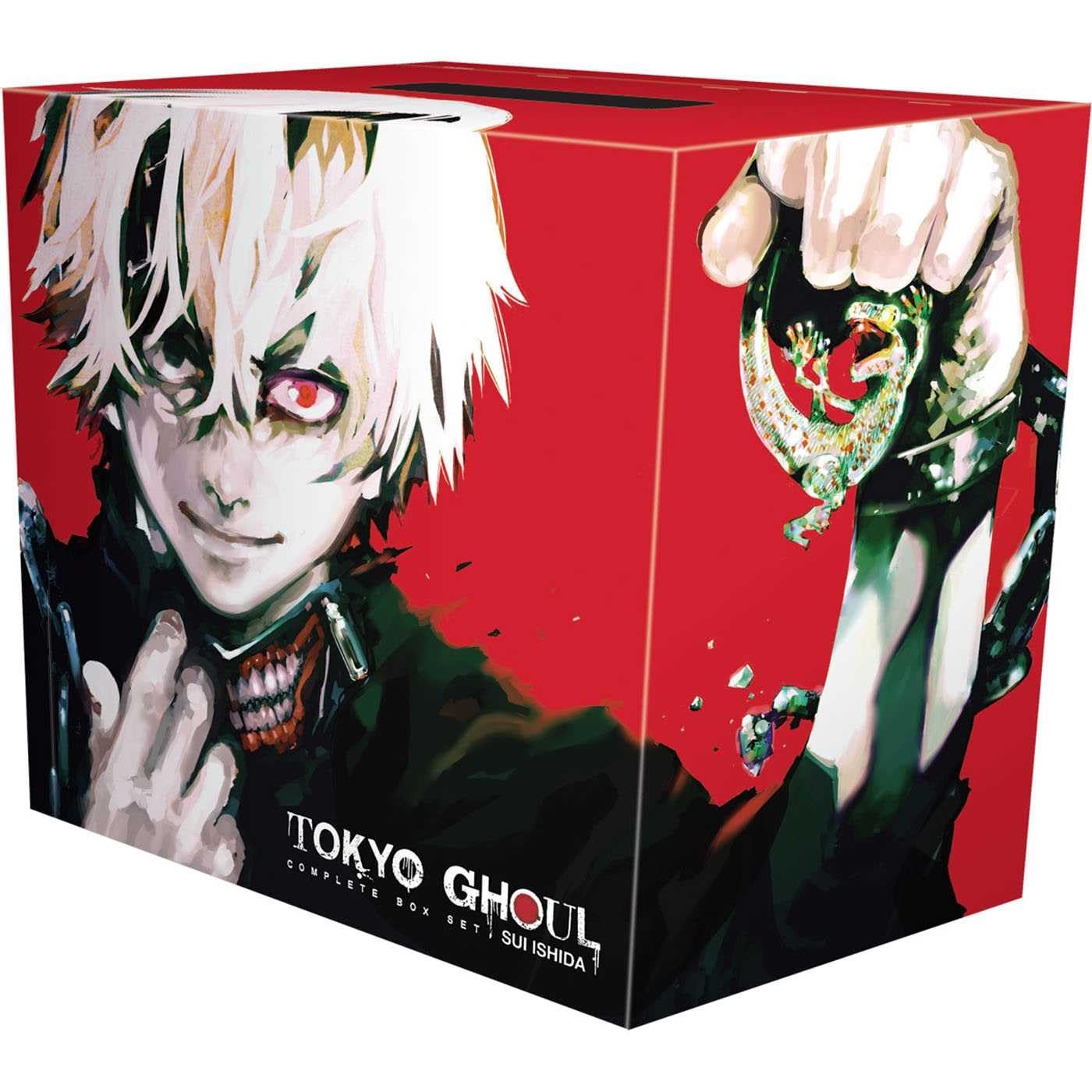The Ultimate Japanese Study Guide: Unlocking Success for All Learners
Posted on: 2024-12-28 | at: 21:51:21
What’s up fellow language learners! if you’ve ever tried to study anything by yourself, you’ll know it’s a challenge. A language doubly so. Where do you begin? How should you progress? What are the most important things to learn? How do I know if I am progressing in the right way?
These are challenges any self taught person will face, with any topic. But how do you get around them? The answer (in part) is to get a mentor. Someone who has done it before and can help you learn from your mistakes.
That’s something pekopeko can help with. We’re all long time Japanese learners and we have all made mistakes along the way that we can pass on to you so that you don’t have to.
But we can’t be there with you every step of the way. We can’t sit you down and help you to focus on studying. We can tell you what or how to study. Or can we?
There are so many online resources out there claiming to know how to make you a better student and help you study. But their approach is usually kinda generic. “Read more”, “Actually you shouldn’t study, just do the tests study before the test” “Buy Genki/Mina no Nihongo/Whichever book I’m getting paid to promote” but it never works.
Why does it never work?
Well, depending on the kind of person you are, most resources out there will either be too simplistic “buy a book and read it” or too complex “buy my 15 day 450 page study guide, which involves graphs, stories, equations and research to make you a better student 🥱 .
Did you know that nearly 3% of adults have ADHD, ADD or some other kind of attention challenges these days? That’s just the one’s who can be medically diagnosed. So many people today are dopamine jacked.
What that means is, apps use psychology to hook you into them. They’re designed to be as exciting as possible. To make you stay on the platform longer giving them all that juicy data they can sell to their customers (businesses who buy your data).
That leaves us so constantly wired from excitement that we become desensitized to it. Meaning we need constantly increasing levels of excitement to get to the same level of stimulation as before. Essentially apps are making us addicted to them and it’s killing our attention spans.
This will either put you to sleep or be so hard to learn/implement that you don’t adopt it.
If only there were a simple yet exciting system with friendly user interface that you could get from reading 5-10 sentences that kept you engaged.
Imagine if there was beautiful, elegant and attention grabbing study system, with scientifically proven methods of helping people focus and get results.
Did you know that scientists and psychologists have been studying this for years and one of the most effective methods of maintaining focus for people with any kind of attention challenges is called the Pomodoro method.
The Pomodoro method is named after Italian tomato (egg) timer. In Italy egg timers are actually tomato timers and they typically have a 25 minute time limit on them.
Psychologists found that if you limit yourself to 25 minute cycles you got so much done in those 25 minutes because anyone can focus for 25 minutes. Especially when they get a reward at the end. The Pomodoro technique includes a 5 break at the end f each cycle, making the complete cycle last 30 minutes.
Braking your study down in this way, with a clear goal and a clear understanding of the resources you will need to complete that goal is a proven way maximizing you results from your limited time.
But, where do I start? What should I focus on and for how long?
Don’t worry, here at pekopeko, we got you covered. We’ve created a visually stimulating, easy to understand study system that is specifically designed for people with attention challenges and other neurodivergent conditions, using the Pomodoro technique.
I have been learning Japanese for over 20 years. With mixed success. However, I have seen more results in the last 6 months, since I developed this system perhaps in the last 10 years.
Why? Because I’m focused. I know what my most valuable topics, I know what I need to achieve, in how long and what resources I will need to complete it.
In the early stage of Japanese, we all know that Hiragana and Katakana should be the focus. But then what? Well, I believe from then on out, your main focus should be on learning words, learning the Kanji and learning the grammar.
This system helps you learn new words with anime, manga and online reading resources, it helps you learn new Kanji using the most proven method and remember them too by using the Anki app and it does it all in a way that mixes things up enough to keep you excited. It’s not the same boring routine every day.
The pekopeko study program

What is the focus?
Some people like to learn only the meaning of the word. But I actually like to know the meaning and at least 1 vocabulary to go along with it. Some people think of Kanji as letters, some people think of Kanji as words but they’re actually more like topics. There are 2136 topics of convocation in daily Japanese. Many of those topics overlap. Many of those topics narrow down.
For example
More than one topic
屋 — Means shop/store many of the words that use this Kanji will be about stores
店 — Also means store. Many if not all the words that use this Kanji will be about stores.
鳥 — Means bird. It’s often used for the word Chicken for example: 焼き鳥 will usually mean grilled chicken
鶏 — is the specific word for Chicken. But you might not use 焼き鶏 it’s just weird.
That’s why the highest value activity you can do from the start is learn the Kanji and learn at least 1 (2 is better because you can have multiple readings) in the Kanji database in your brain.
What’s a Kanji database?
The Kanji database in your brain is all the Kanji and relevant words you know in your brain that use it.
For example:
You probably know that 学校 (がっこう) and you probably know that 学ぶ (まなぶ). So now in your brain you have a reference 学 this symbol meaning が And ま. Now you know every time you see it, it could mean が r it could mean ま. If could mean other things too, but you might know have those readings in your database yet.
However, if you try to learn 学 as が, ま, がく etc there will be no context. If you learn it in terms of the words it will stay in your brain better.
So in short at least one word ideally two.
The other major focus is grammar. Knowing words will help you get the meaning across to people. But it won’t help you have a meaningful convocation.
“Please help!” Is a very different situation to “I’m having trouble with my computer, please fix it for me”.
So grammar is important and Tae Kim’s is about the best way to learn it.
Game Gengo on YouTube is a great resource too, but he often uses a lot of high level vocabulary you might not already know.
The purpose of this study guide is NOT to tell you which book to use. It’s to tell you what are the most important topics and break them down in an engaging way. if you have a method of studying grammar you like more than Tae Kim’s, please use that. The best method for studying Japanese is the one you’ll stick too.
So how does it work?
Each day is broken into 5 Pomodoro cycles. Which means you’ll have approximately 2.5 hours worth of study every day of the week (no breaks!).
It is important that you take the 5 minute break at the end of each cycle. You might want to skip it but don’t! If you skip it you will likely get board in the next cycle and give up.
In the rest period you can do anything that doesn’t involve input. No reading no listening to Japanese (you can listen to music… yes in Japanese is okay), you can write about what you just learned but no input. Just no active study.
There is 1 cycle per week dedicated to a lesson with a tutor. This is because you want to keep on track. This lesson should be used for checking your progress and having a mentor only. This lesson shouldn’t be for active study. That’s all on you. Most tutors will be happy with just testing, grading and advising you. This can be on iTalki, Preply or any other language exchange platform as long as the person is a native speaker and a teacher.
At least once in every day you will be revising or inputting Kanji into Anki. Sorry that’s just how it is. The core activity after learning Hiragana and Katakana is learning the Kanji.
Both Remembering The Kanji (RTK) sessions are followed by are followed by a session of input into Anki. You must have Anki. If you don’t have an android phone, borrow one from a friend because it’s free on Android.
JapanesePod101.com is a great resource and many of their lessons are free! It is the only active listening session on this study guide. The rest is all passive listening through an online anime/Jdorama or Japanese movie streaming service of your choice.
The last Pomodoro cycle of every day is dedicated to a passive listening session.
There is 1 cycle per week dedicated to writing. Writing helps to cement the design of the symbols into your brain and it’s a fun way to fully get active recall going but in fairness you will not use writing. The JLPT is a computer based test. You will not be asked to write by hand. Hence why there is only one writing cycle on a Sunday morning.
YomuJP.com is an amazing resource which lets you read fun and engaging articles at your level! They even have a bellow N5 level which uses only Hiragana and very simple language. If you have another resource for reading that’s great too. Remember it’s about what you’ll stick to not what’s the best here. Eight hours a day for four days isn’t as good as 30 minutes a day for 6 months.
There are only 2 cycles dedicated to textbooks. They are helpful to gain vocabulary and understand certain grammar points but in reality, most people never stick to them. They’re all the same and they’re all kinda boring. It doesn’t matter which one you use, I’d recommend Mina No Nihongo or Genki but whichever takes your fancy. It must have a listening component to it.
Todaii and Easy NHK are great resources, they can also help you get to know Japanese culture and current affairs. It will give you something to talk about when you eventually start speaking with people.
This study guide should be good for about the first 4 months after you have learned Hiragana and Katakana. After that, you might want to switch out the lesson on iTalki for simply having language exchange with a Japanese friend.
You may also outgrow Japanese Pod as well, so at this point I would recommend using Comprehensible Japanese on YouTube. Plus YomuJP can be upgraded to real Japanese books when you’re ready for it.
In short, remember that grammar, Kanji and learning new words is the most important thing and use Anki and/or physical flashcards to help you remember both words and Kanji.
Don’t worry too much about grammar points on flashcards. If you’re doing enough passive and active listening of real Japanese people speaking then you will hear those grammar points being used a lot.
Thank you so much for sticking with me this far, for any of you with attention challenges I know this was a long one but it’s worth it. See you in the next one and remember, stay hungry!


